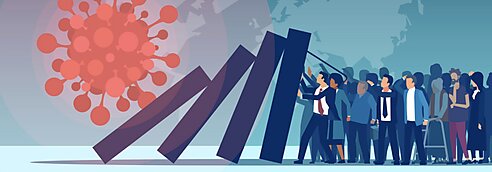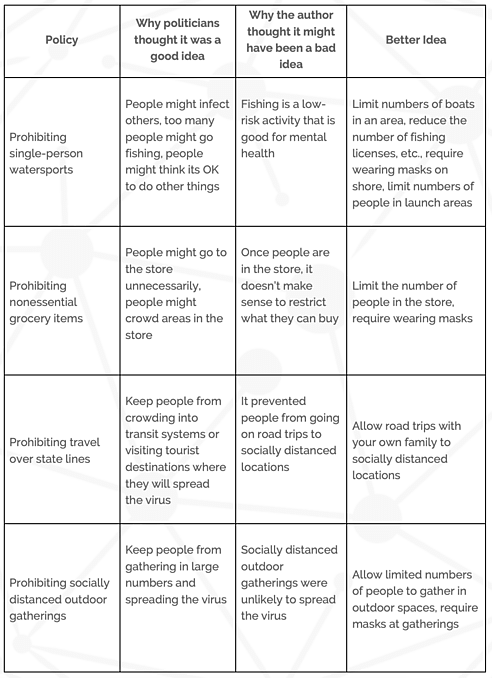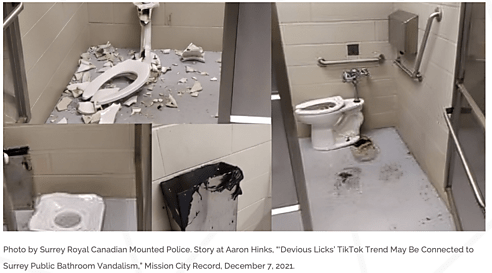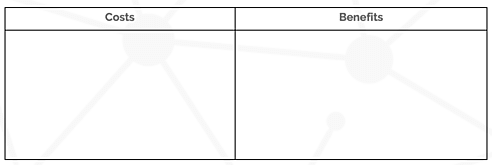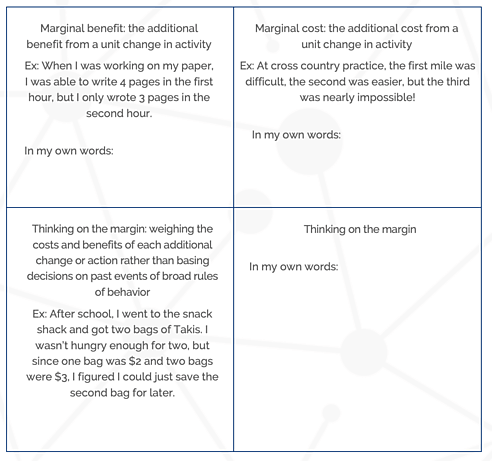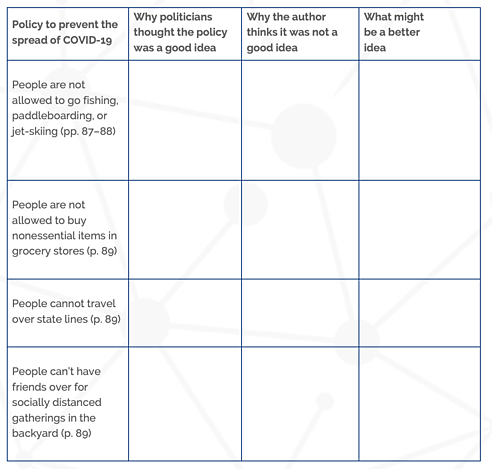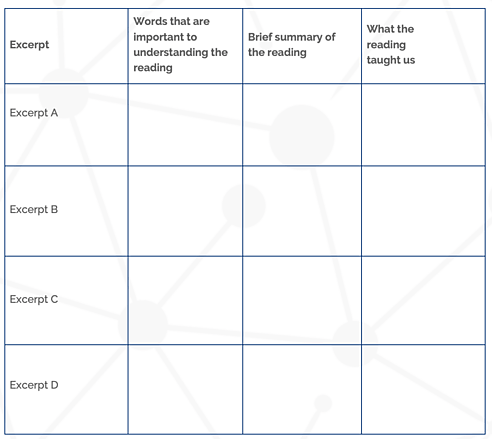Lesson Overview
Students will use cost–benefit analysis to evaluate government policies that prevented the spread of COVID-19. Students will experience marginal cost and marginal benefit in order to better understand marginal thinking that economists employ to better craft policies. Students will apply marginal thinking to COVID-19 policies. Students will conclude by creating a policy using marginal thinking.

